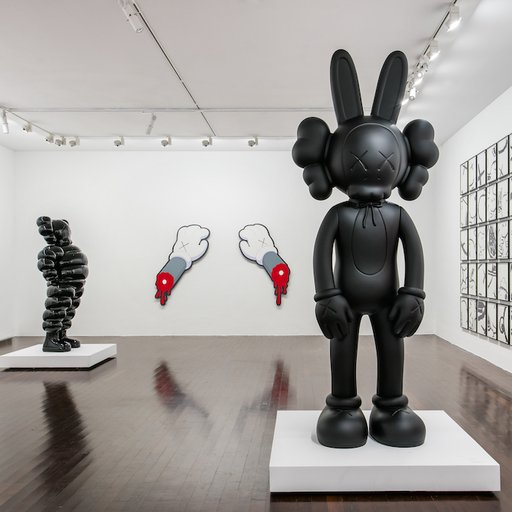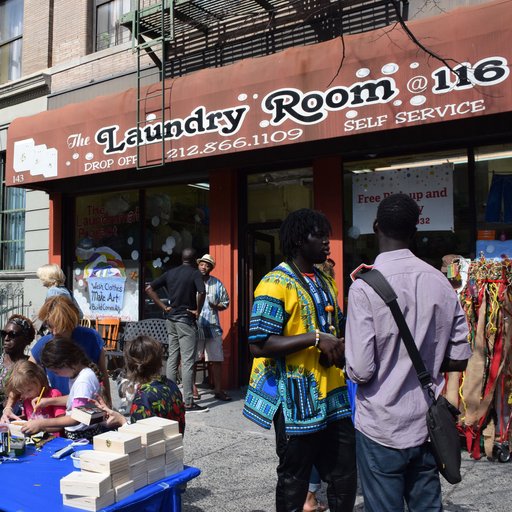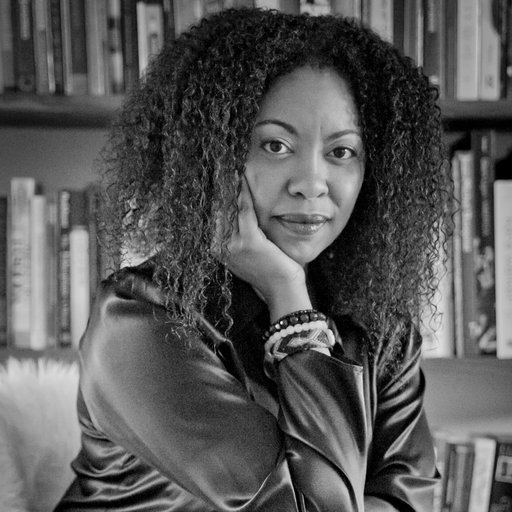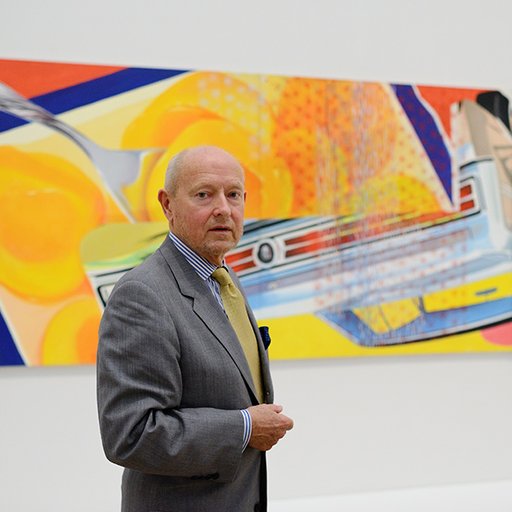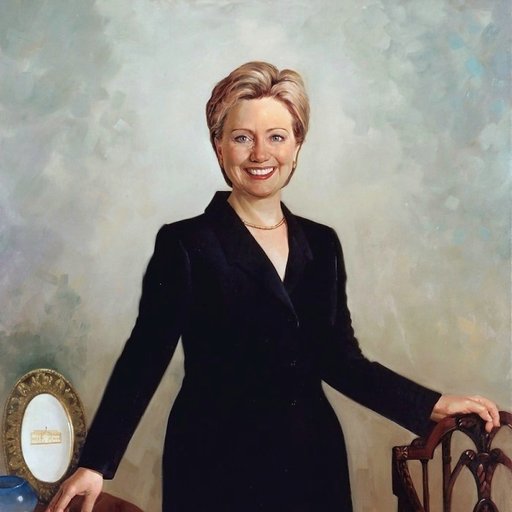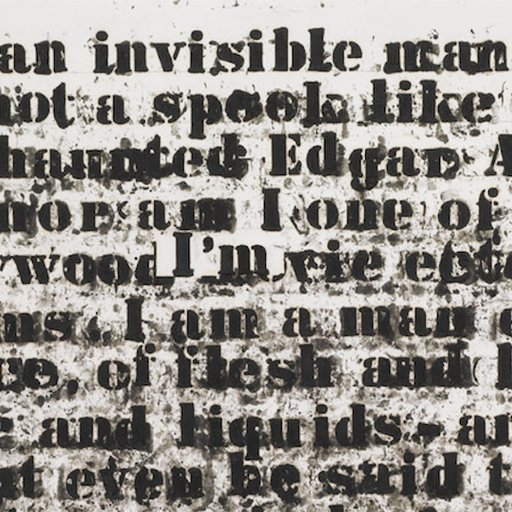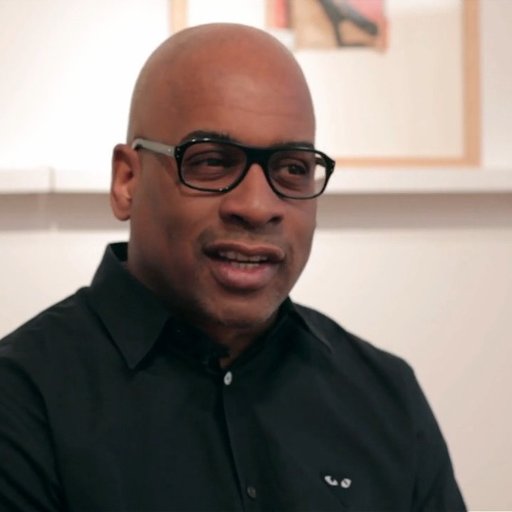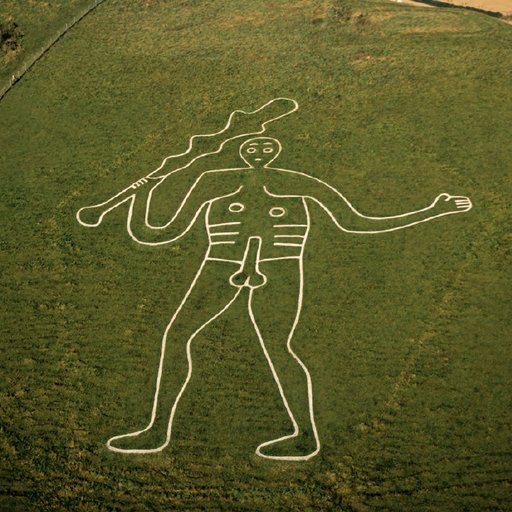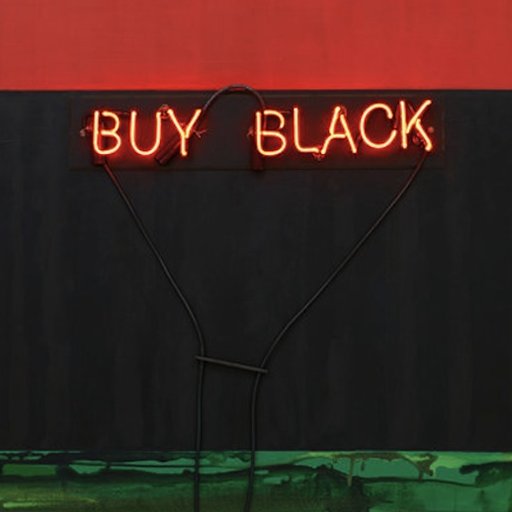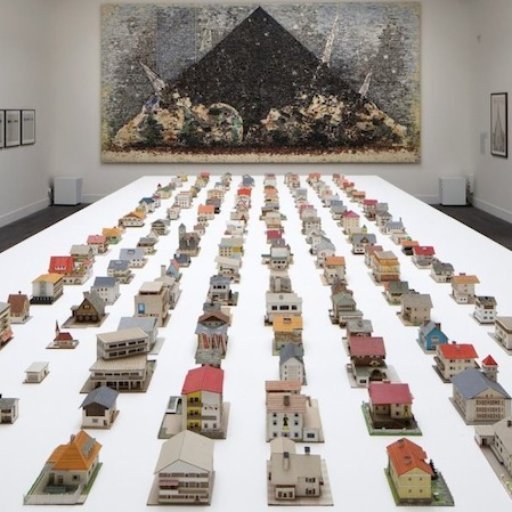Glenn Ligon first became known in the late 1980s for his text-based paintings based on the political and racially charged writings of Zora Neale Hurston, Jesse Jackson and Richard Pryor, among others. Over time, language-based conceptualism became his primary concern, as notions of high art modernism gave way to the fraught cultural atmosphere of the time—one profoundly affected by AIDS and racial tension. While his text-based paintings are perhaps his most well-known works, they are only one part of a larger, interdisciplinary practice that includes his re-interpretations of 1970s black-history coloring books, and A Feast of Scraps, a photo album of family snapshots into which he inserts pornographic and stereotypical images of black men. Whether working with photography, drawing, installation or neon reliefs, Ligon's years of artistic engagement speak to his identification as an African-American gay man within a world laden with identity politics.
Upon entering office and moving into the White House, President Barack Obama installed Ligon's Black Like Me No. 2 (1992) in his family's private living quarters. In the spring of 2011, Ligon was the subject of a major retrospective at the Whitney Museum of American Art.
THANKS FOR SIGNING UP FOR OUR NEWSLETTER.
THAT EMAIL HAS ALREADY BEEN SUBSCRIBED.
Now, personalize your account so you can discover more art you'll love.
PERSONALIZE YOUR ACCOUNTDISCOVER
a treasure trove of fine art from the world's most renowned artists, galleries, museums and cultural institutions. We offer exclusive works you can't find anywhere else.
LEARN
through exclusive content featuring art news, collecting guides, and interviews with artists, dealers, collectors, curators and influencers.
BUY
authentic artworks from across the globe. Collecting with us means you're helping to sustain creative culture and supporting organizations that are making the world a better place.
CONNECT
with our art advisors for buying advice or to help you find the art that's perfect for you. We have the resources to find works that suit your needs.

INSIDER ACCESS TO THE WORLD'S BEST ART
Artspace offers you authentic, exclusive works from world-renowned artists, galleries, museums and cultural institutions. Collecting with us helps support creative culture while bringing you art news, interviews and access to global art resources.

